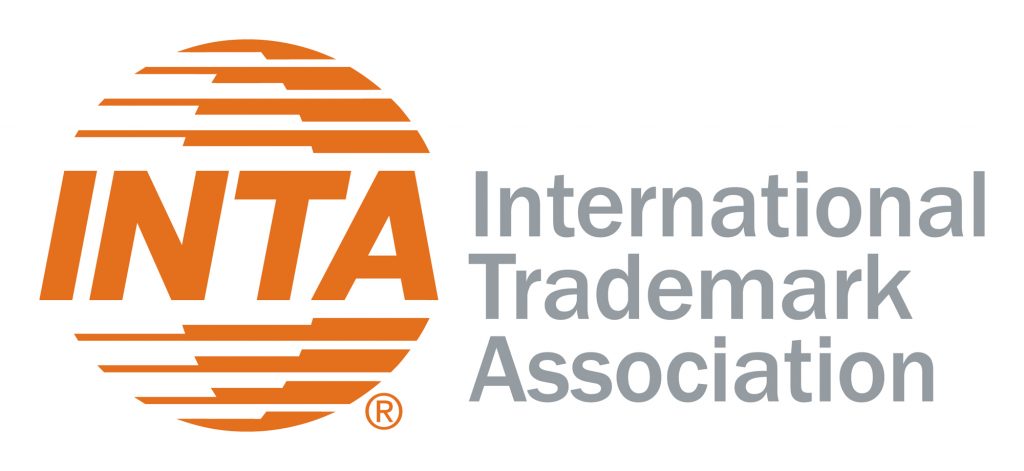BP FORUM:
Associations’ Viewpoint-Biggest Problem for SMEs
From your association’s viewpoint – What do you see as the biggest brand protection challenges for SMEs?

All companies struggle to protect and enforce their IP in an increasingly digital market; this burden is especially onerous for SMEs. The foundation of our trademark system predates global, nearly instantaneous e-commerce and is not equipped to address the online counterfeiting issues we all face today. Under the current legal framework, online intermediaries are generally not liable for the products sold on their platforms by third parties. There is little, if any, incentive for e-commerce platforms to proactively prevent the sale of counterfeits and other harmful products. Instead, companies are left to police these marketplaces for fake, harmful products themselves. This requires time, energy, effort, and strains the already limited resources of SMEs.
This administration must work with relevant agencies and members of Congress to address the significant imbalance in responsibilities, risks, damages, and benefits between brand owners and online marketplaces, which imbalance accrues to the significant detriment of brand owners, especially SMEs.

When business owners—often working with limited resources—are focused on establishing and growing their brands, or when companies are growing rapidly or expanding into new markets, all too often, they’re not able to register, protect, and manage their trademarks in every market where they’re doing business. In many cases, this can result in serious consequences down the road.
For SMEs and entrepreneurs in the early stages of their enterprise, intellectual property (IP) and early registration of trademarks may not be a primary concern. It can be difficult for a busy founder or small leadership team in an SME to appreciate the importance of investing in something that, it seems, will only have a benefit in the middle and long term—especially when they’re focusing their limited time, funding, and resources in developing concepts, ideas, and products into a self-sustaining business.
However, by not protecting IP from the get-go, SMEs can face long-term consequences. Once their brands gain traction in the marketplace, especially online, they become targets for counterfeiters around the world. Very soon, their reputation is damaged, profits are limited, and the viability of their business is at risk.
One of the biggest brand protection challenges facing SMEs is how to utilize their limited resources and time efficiently and to make the biggest positive impact on their anticounterfeiting efforts. Many SMEs simply don’t have the resources to match their global portfolios. Consequently, it can take some time before they can implement an effective brand protection program and build relationships with the enforcement officials who need to be familiar with the company’s brand and products.
INTA has been working to help SMEs bridge that resource gap by providing brand owner benchmarking meetings on anticounterfeiting, by producing multijurisdictional anticounterfeiting resources to support our brand owner members, and by advocating for interests of brand owners globally. The Association also runs The Pro Bono Clearinghouse free of charge. The Clearinghouse connects eligible clients (including SMEs) with IP professionals who can assist with their trademark issues. To underscore why SMEs should put IP on their radar in the early stages of their strategic planning and operations, and to provide them with resources to help them understand this indispensable asset, on World IP Day 2021 in April, INTA announced the launch of For SMEs.

Perhaps the greatest challenge facing SMEs is in finding an efficient and cost-effective way to enforce their rights online.
The burdens associated with enforcement are borne disproportionately by rights-holders. Effectively policing a brand’s rights across standalone websites, e-commerce platforms, and on social media carries a hefty price tag in terms of time, personnel, and technology. The costs associated with enforcement can be daunting even for well-heeled global brands, and unfortunately, too often fail to provide lasting results, as counterfeiters hide behind the anonymity of the internet, find loopholes in current laws and platform policies, and stay beyond the reach of courts where they might be held to account for their crimes. SMEs need more efficient tools and enforcement options that will ensure that bad actors are prevented from infiltrating the e-commerce system and that they face real and permanent consequences when they do.

Small and medium enterprises are the backbone of economies around the world and the intellectual property rights that protect their major assets is of enormous value. A recent study by the EU Intellectual Property Office concluded that around one in four SMEs are damaged by counterfeiting and infringements of their IP rights. However, less than 9% of all SMEs in Europe own registered IP rights, which is the primary stake in the ground when trying to authenticate ownership to protect their assets and enforce their rights. More government investment in awareness raising and knowledge building initiatives is vital in helping to protect our cherished SME creators and innovators.

Counterfeiting of pesticides and other goods is a cross-cutting crime for all companies, regardless of their size or market share. However, it is SMEs which suffer significant negative effects by not allocating the necessary resources for the protection of their brands and the defense of their products against the illegal market. In addition, few SMEs have identified benefits beyond the protection of their consumers and their reputation, that is, a competitive advantage within a brand protection program.
Throughout the region, there are multiple agrochemical SMEs that are victims of counterfeiting and are unaware that their products are being counterfeited or adulterated. For this reason, they don’t have a brand protection program, and this translates into the facilitation of counterfeit-related criminal activities against them.
The most appropriate strategy for SMEs to achieve at least the minimum standards of protection of their brands—and to ensure an environment of healthy (legal) competition—is the union of efforts through local and international organizations that promote the defense of brands and engage the different government agencies in the region to ensure the pesticides’ integrity and, therefore, the safety of the consumers.

One of the biggest challenges for small to medium size businesses is educating themselves on how to be protected from unscrupulous fraudsters. As they become more successful, they are often overwhelmed by the illicit activities of counterfeiters who prey upon their success. In Canada, border enforcement of registered trademarks, as well as all copyrights, is available for not filing fee with customs. In addition, the CAFC (Canadian Antifraud Centre) has a robust program to protect against the offering for sale and selling of counterfeit products involving Canadian “victims.”
THE BRAND PROTECTION PROFESSIONAL | SEPTEMBER 2021 | VOLUME 6 NUMBER 3
2021 COPYRIGHT MICHIGAN STATE UNIVERSITY BOARD OF TRUSTEES
